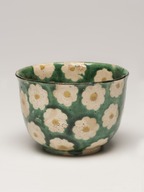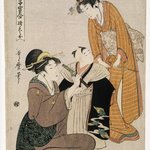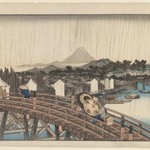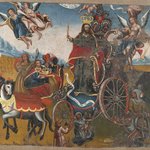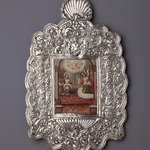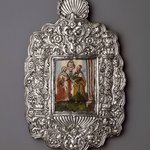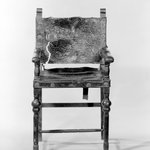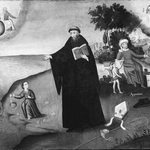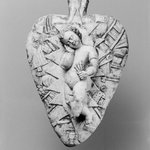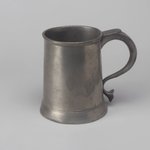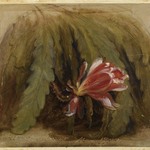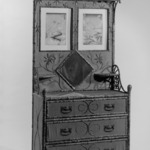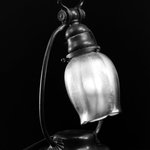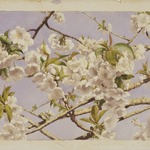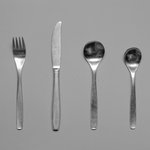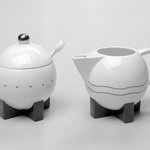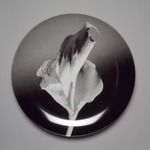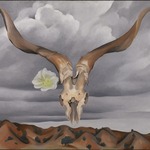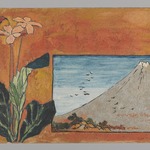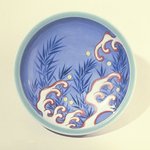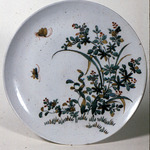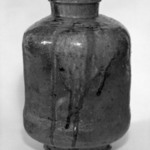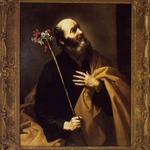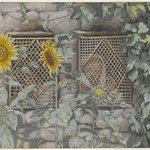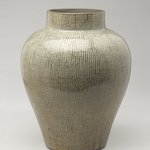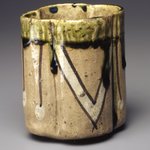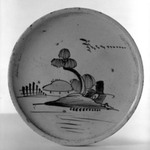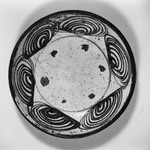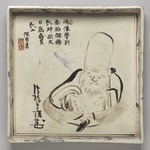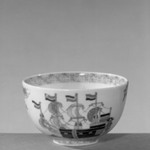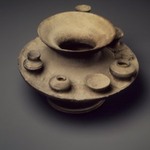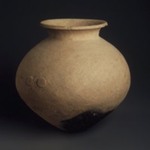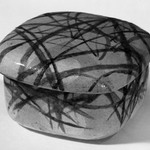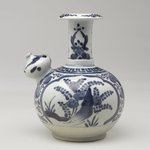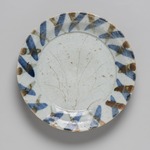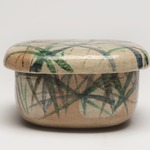

Ogata Kenzan (Japanese, 1663–1743). Mukozuke (Sweetmeat dish), 18th century. Stoneware with enamel background and paper-resist blossoms with enamel centers, 2 3/16 x 3 1/8 in. (5.6 x 7.9 cm). Brooklyn Museum, Purchase gift of the J. Aron Charitable Foundation, Inc., 78.208. Creative Commons-BY (Photo: Brooklyn Museum, 78.208_view01_PS11.jpg)

Ogata Kenzan (Japanese, 1663–1743). Mukozuke (Sweetmeat dish), 18th century. Stoneware with enamel background and paper-resist blossoms with enamel centers, 2 3/16 x 3 1/8 in. (5.6 x 7.9 cm). Brooklyn Museum, Purchase gift of the J. Aron Charitable Foundation, Inc., 78.208. Creative Commons-BY (Photo: Brooklyn Museum, 78.208_view02_PS11.jpg)
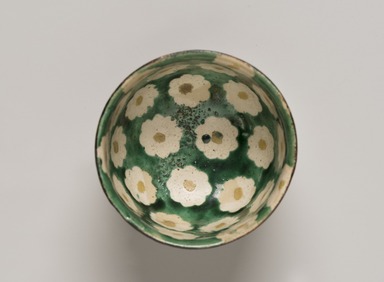
Ogata Kenzan (Japanese, 1663–1743). Mukozuke (Sweetmeat dish), 18th century. Stoneware with enamel background and paper-resist blossoms with enamel centers, 2 3/16 x 3 1/8 in. (5.6 x 7.9 cm). Brooklyn Museum, Purchase gift of the J. Aron Charitable Foundation, Inc., 78.208. Creative Commons-BY (Photo: Brooklyn Museum, 78.208_view03_PS11.jpg)
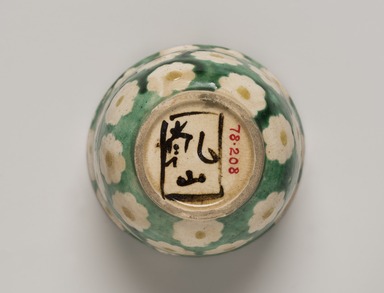
Ogata Kenzan (Japanese, 1663–1743). Mukozuke (Sweetmeat dish), 18th century. Stoneware with enamel background and paper-resist blossoms with enamel centers, 2 3/16 x 3 1/8 in. (5.6 x 7.9 cm). Brooklyn Museum, Purchase gift of the J. Aron Charitable Foundation, Inc., 78.208. Creative Commons-BY (Photo: Brooklyn Museum, 78.208_view04_PS11.jpg)
Mukozuke (Sweetmeat dish)
Ogata Kenzan
Asian Art
